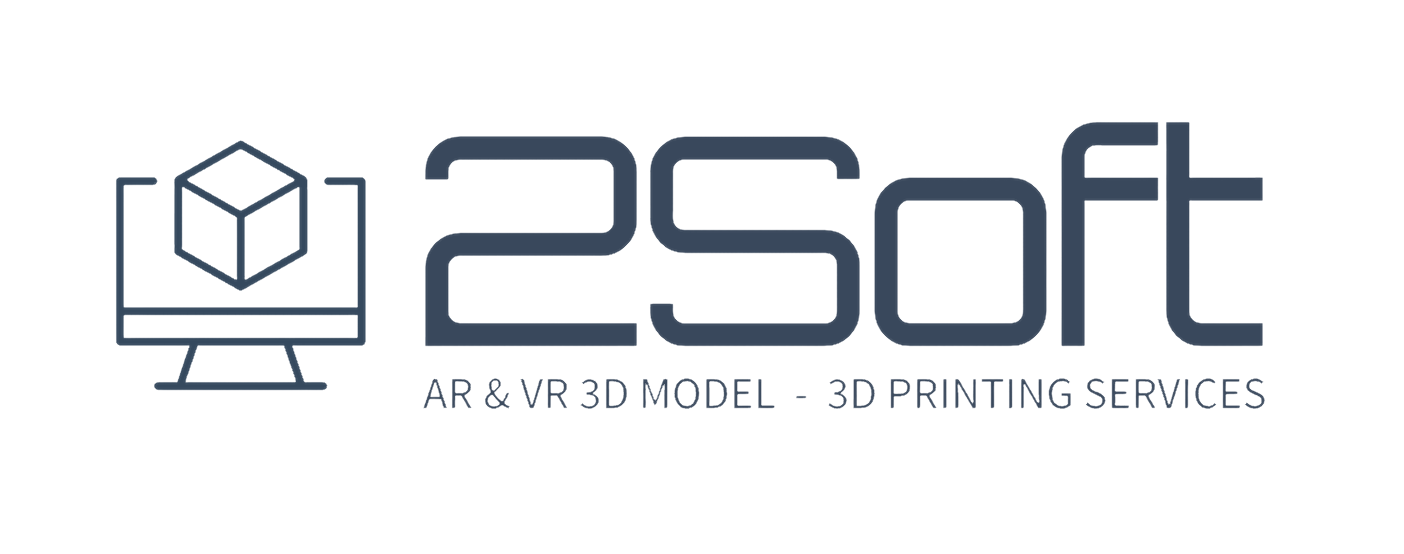Product visualizations using 3D modeling services can significantly enhance how products are presented to potential customers. These visualizations can take the form of realistic images, animations, or interactive models, and they are commonly used in marketing, advertising, and product design. Here’s an overview of how 3D modeling services can be utilized for product visualization, including benefits and applications.
 Benefits of 3D Product Visualization
Benefits of 3D Product Visualization
- Realistic Representation: 3D modeling can create highly realistic images that represent products accurately in color, texture, and scaling, making them more appealing to potential buyers.
- Cost-Effective Prototyping: Instead of creating physical prototypes, brands can visualize and test multiple designs and variations digitally, helping to save costs and time.
- Versatile Viewing Options: With 3D models, customers can view products from multiple angles and in various configurations. This is often enhanced through software that allows for zooming, rotating, and even AR integrations.
- Faster Iteration: Designers can quickly make changes to the 3D model based on feedback, enabling agile prototyping and faster progression from concept to final product.
- Animation and Interaction: 3D models can be animated to showcase functionality, and interactive models allow users to engage with the product virtually, enhancing understanding and interest.
- Enhanced Marketing Materials: 3D visualizations can be used across various platforms, including websites, social media, and advertisements, ensuring consistent branding and attractive presentation.
Applications of 3D Product Visualization
- E-commerce: Online retailers can use 3D product models to provide potential customers with an immersive look at products, improving the buying experience and increasing conversion rates.
- Advertising: Advertisers can create striking visuals and animations that grab attention, enhancing campaigns across various media.
- Product Development: In the design phase, 3D visualizations assist teams in visualizing concepts and exploring design options before manufacturing.
- Architecture and Real Estate: 3D models can showcase buildings and properties, allowing potential buyers to explore layouts, finishes, and designs in detail.
- Medical and Scientific Visualization: 3D modeling is pivotal in the healthcare industry for visualizing complex biological structures and even simulating medical devices.
- Education: 3D models can be used to create educational content that helps students understand complex subjects through visual learning.
Choosing a 3D Modeling Service
When selecting a 3D modeling service for product visualization, consider the following:- Portfolio: Review their previous work to ensure that their style and quality meet your expectations.
- Expertise: Consider whether they have experience in your industry or niche.
- Technology Used: Check if they use up-to-date software and techniques for 3D modeling, which can affect the final output quality.
- Customization: Ensure that the service can cater to specific needs, such as interactive models or high-resolution rendering.
- Collaboration Process: Look for a service that facilitates good communication and collaboration to align their work with your vision.
- Pricing: Understand their pricing structure, and ensure it fits your budget while maintaining quality.
Conclusion
3D modeling services for product visualization offer a powerful tool for brands aiming to present their products effectively and engagingly. By investing in high-quality 3D visualizations, companies can enhance their marketing strategies, improve customer engagement, and ultimately drive sales.Related Services
Need professional 3D modeling for your products? Check out our 3D Product Modeling Services for photorealistic renders and AR-ready models.
 Benefits of 3D Product Visualization
Benefits of 3D Product Visualization
